|
Ritchie Blackmore A short story about Ritchie Blackmore and his long forgotten 1961 Gibson ES-335 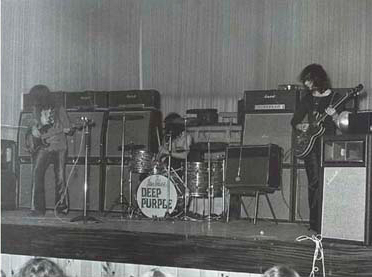 Ritchie Blackmore is known as a leading master of the stratocaster, but during the early days of Deep Purple Blackmore’s main guitar was this 1961 Gibson ES-335 semihollowbody (serial number 26547). When Blackmore bought the guitar used in 1962, its stock stop tailpiece had already been replaced by a Bigsby B5 tremolo, which is actually designed for solidbody guitars. It also still had a short pickguard typical of early Sixties Dot neck ES-335 guitars, although Blackmore remove it a later date, as well as its original black metal-top control knobs, which were swapped for gold knobs sometime after he stopped playing the guitar. 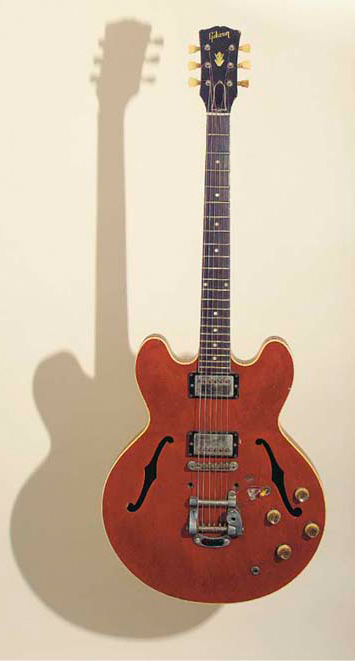 Blackmore used this 335 tpo record every solo he cut during the period beginning with Screaming Lord Sutch’s 1965 cover of “Train Kept A-Rollin” and ending with “Child In Time” from Deep Purple’s 1970 album IN ROCK. He gave the 335 an especially thorough workout on shredding solos for the appropriately titled cuts “Hard Road (Wring That Neck)” and “Speed King”. It’s semihollow design even helped him create the feedback intro to Deep Purple’s first hit “HUSH”. “The feedback wasn’t supposed to be there,” Blackmore says. “I was playing my ES-335. and it just started feeding back”.Luckily, the feedback was in tune. It sounds like this foghorn in the background.”
Blackmore used this 335 tpo record every solo he cut during the period beginning with Screaming Lord Sutch’s 1965 cover of “Train Kept A-Rollin” and ending with “Child In Time” from Deep Purple’s 1970 album IN ROCK. He gave the 335 an especially thorough workout on shredding solos for the appropriately titled cuts “Hard Road (Wring That Neck)” and “Speed King”. It’s semihollow design even helped him create the feedback intro to Deep Purple’s first hit “HUSH”. “The feedback wasn’t supposed to be there,” Blackmore says. “I was playing my ES-335. and it just started feeding back”.Luckily, the feedback was in tune. It sounds like this foghorn in the background.”According to Barbel Blackmore, Ritchie Blackmore played this guitar with Deep Purple between 1968-1971. Film footage of Blackmore playing it at the Royal Albert Hall with The Royal Philharmonic Orchestra on September 24th, 1969 was included in the Deep Purple episode of the 1990s t.v. series Rock Family Trees. After witnessing a Jimi Hendrix concert in 1970, Blackmore decided to track down a stratocaster. When he finally acquired one from a former roadie for Eric Clapton, there was no looking back. “I always felt that a Gibson sounded muted on record, even though it was a great guitar and had lots of sustain,” he says. “I really liked the clarity of a Strat through a Marshall. It just cut more. It took me a while to become used to the transition, but I’m glad I did . I haven’t played a Gibson since then. Blackmore’s ex-wife Barbel Hardie sold this guitar at Christie’s auction in 2004, where vintage guitar dealer Laurence Wexer purchased it for $28,000. Its current owner, Connecticut resident Ilhan Akbil , paid considerably more when he bought it from Wexer a few years ago. But as a devoted Blackmore fan, he appreciates the guitar’s historical significance. “I’ve been a Blackmore fan since 1972,” Akbil says. “I saw the Gibson at the Christie’s Auction but decided not to bid because I was worried that my wife would be very upset. I later tracked down the buyer and paid much more money for the guitar. But this time i had my wife’s support.” Guitar Description: 1961 Gibson ES-335 thinline electric guitar, Serial No. 26457, in cherry red finish, double cutaway body, mahogany neck, Kluson machineheads, 22 fret bound rosewood fingerboard with dot inlays, two Humbucker pickups, four rotary controls, selector switch, tune-o-matic bridge, Bigsby tremolo tailpiece; and black hardshell case, stencilled on the front and back in white lettering DEEP PURPLE; accompanied by a colour snap-shot of Blackmore playing the guitar on stage with The Three Muskateers circa 1965 — 3½x5in. (9×12.7cm.); and two black and white photographs of him playing it on stage with Deep Purple, circa 1968, largest — 8½x6½in. (20.2×16.5cm.) (5) 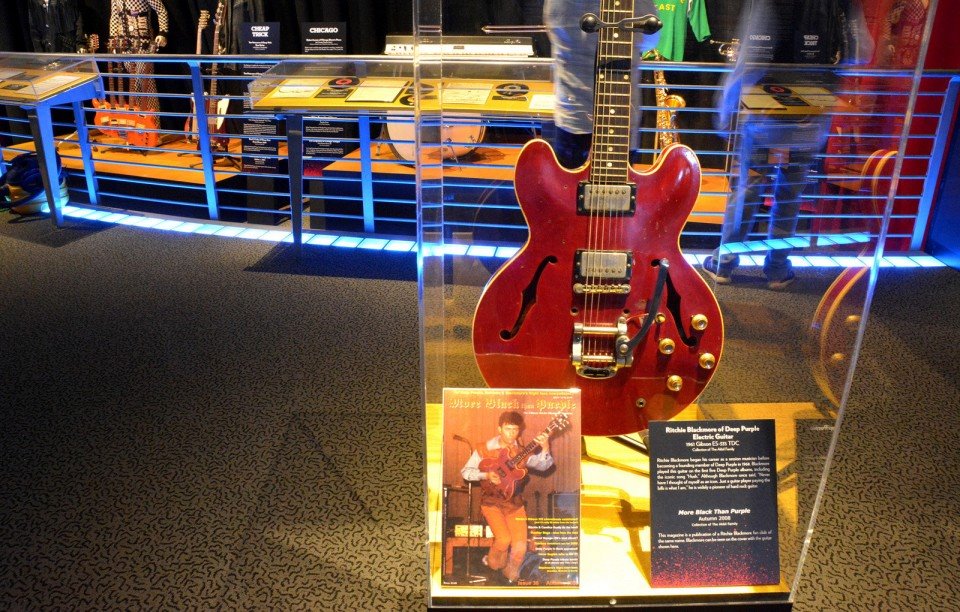 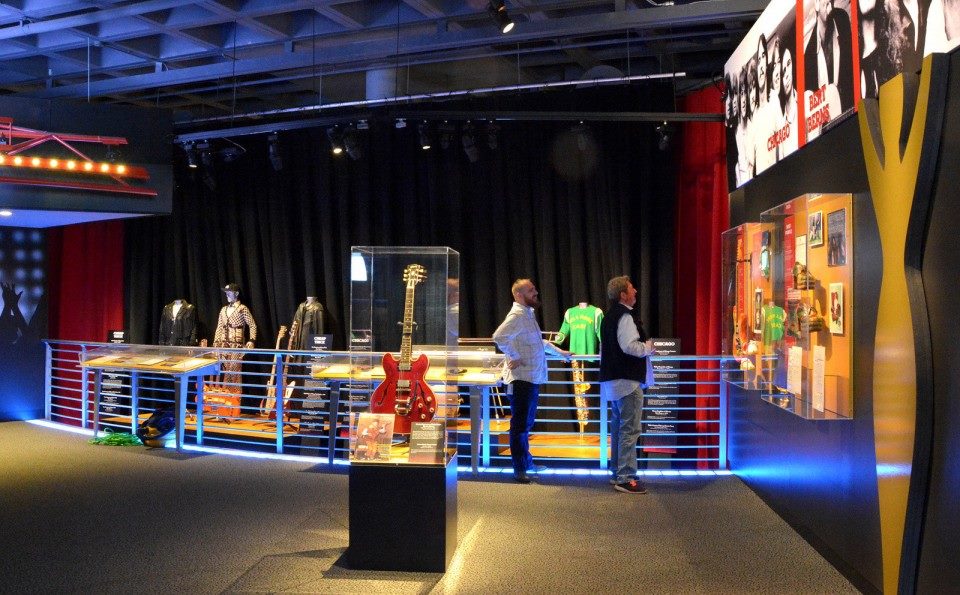 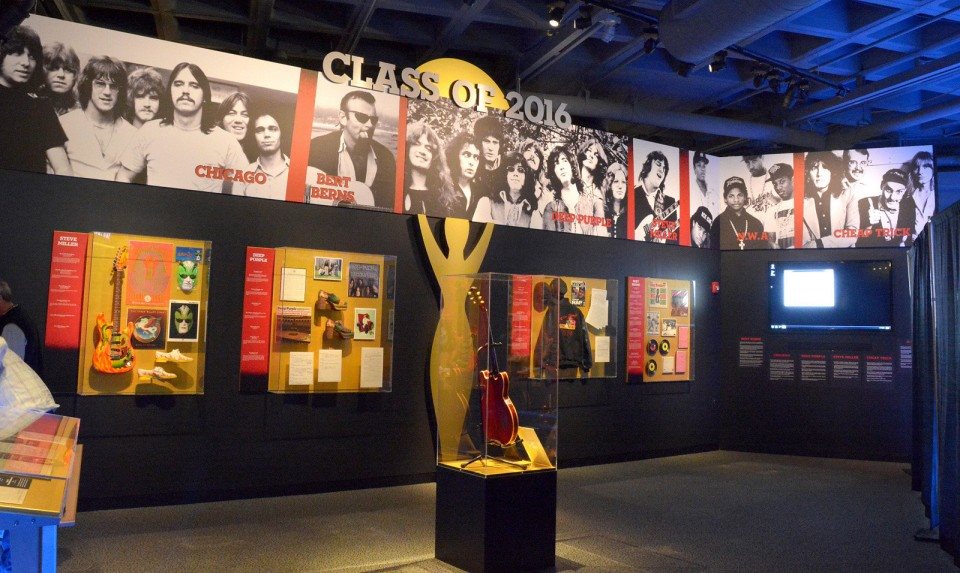 (Source by: guitarworld magazine & Christie’s auction site) © Me And My Guitars 2011 |